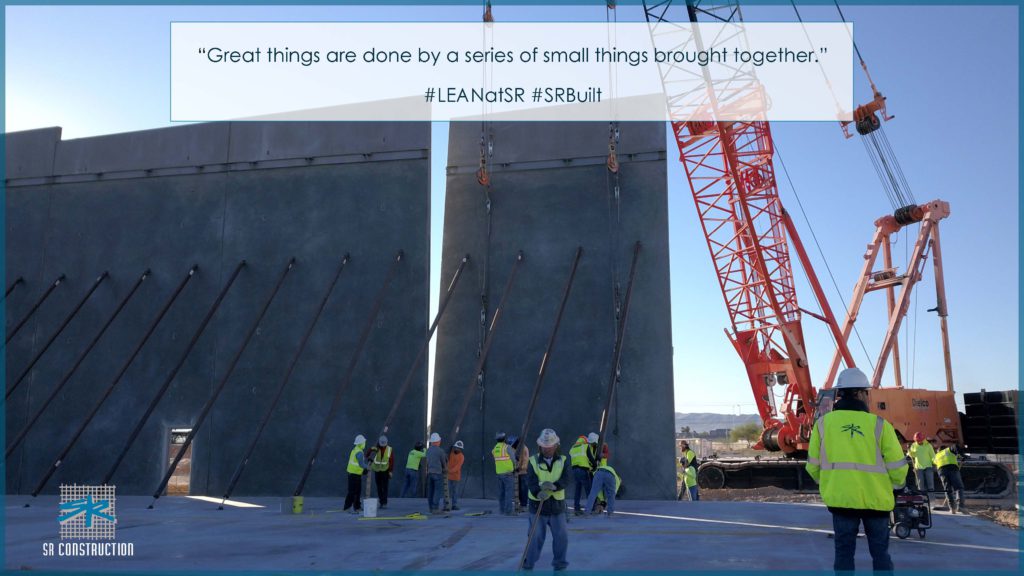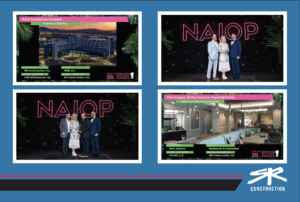
CONTINUOUS IMPROVEMENT
Many methodologies can be used to bring stability to a project, and although these methodologies vary, the core of each of them is the Continuous Improvement Model. This model follows the idea that organizations should engage in incremental improvements to services, products, and processes. Here are some examples of how it can be applied.
Small Changes are as Important as Significant Changes:
Improvements are based on minor modifications, not just significant ones. This idea is essential because substantial changes are often intimidating and disruptive to companies. By addressing change in small, incremental steps, panic is reduced, and willingness for growth increased; the team does not need to wait for a significant transformation to begin to move forward.
Value Employee Ideas:
Employees are paramount in continuous improvement because employees are most familiar with the obstacles and are better equipped to solve them. Consider the significance of engaging your staff. Ask them what change they could make that would encourage them to work more efficiently, save them a few minutes of work each day. Then empower them to achieve that change, and share it with everyone in the organization who is doing the same type of work. By doing this, you are taking a modest idea that anyone could develop and make a significant impact.
Open Communication is Critical:
When employees are not empowered and are disengaged from the improvement process, they feel restricted from waiting for leadership to identify and correct problems. Leaders who truly embrace the continuous improvement model are open to listening to employee criticisms and welcome them as opportunities for improvement. Companies with a culture of improvement provide employees a method for reporting and following through on ideas to refine processes, increase client satisfaction, save money, and improve quality. They also offer a structure to do so and recognize contributors who make the organization better.
Empowerment is Key:
Getting people to change becomes easier if they know the changes come from those with “boots on the ground.” By involving staff in the continuous improvement model, companies empower and help them, as leaders, to become leaders. In this way, the responsibility for improvement is relieved from managers, who can now spend their time more effectively leading staff on methods to implement these changes. Employees become more invested in the result of the transformation, commitment increases, which increases the likelihood of flourishing, sustainable growth.
Improvements Must Be Measurable:
Constant feedback is a fundamental feature of the continuous improvement model. Open communication is critical to the outcomes of growth and the maintenance of employee engagement, but improvement needs to be measurable to achieve real advancement; the impact of change must be measured. These measurements make it possible to discover if the processes can be repeated and applied successfully to other obstacles. This process keeps the organization aligned around improvement.
Continuous Improvement at SR Construction:
Continuous improvement is an essential part of our company culture at SR, and these guidelines are crucial to achieving significant and measurable progress. It is an excellent and cost-effective approach to tackling difficult challenges. Momentous positive results can be achieved quickly, and success can be sustained over time, which results in substantial value to our clients and a unified purpose-driven team.


